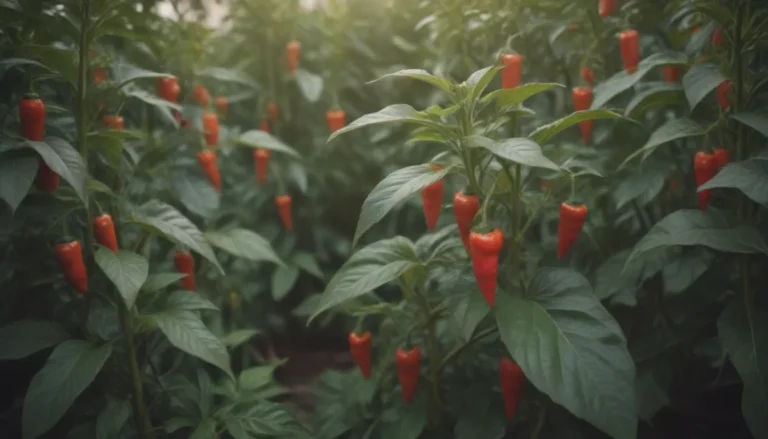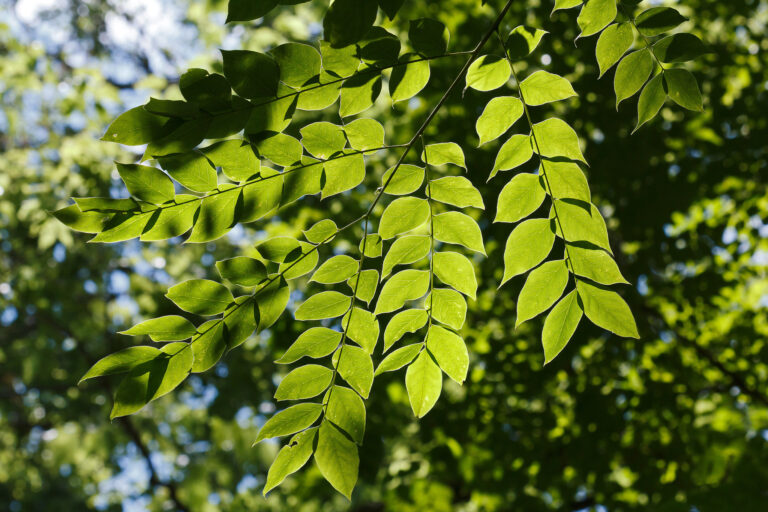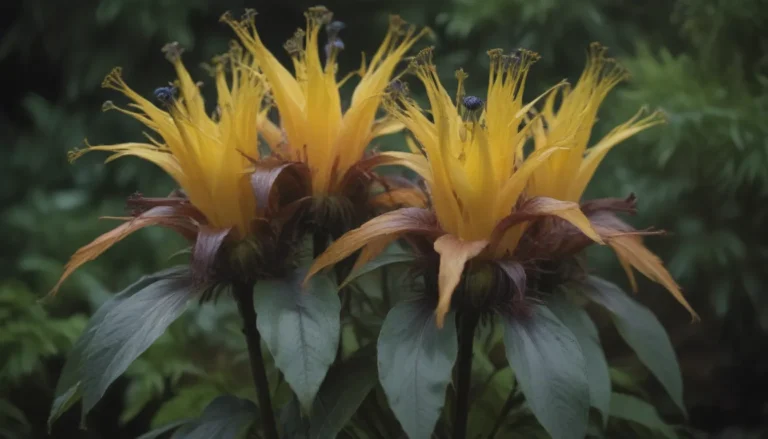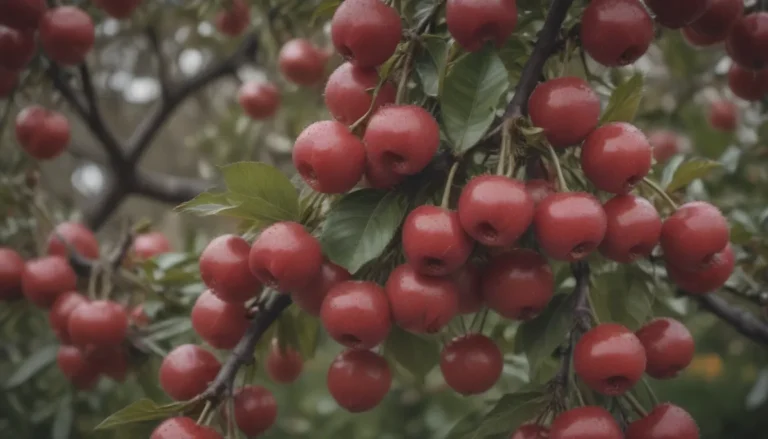The Ultimate Guide to Growing and Caring for Bugleweed
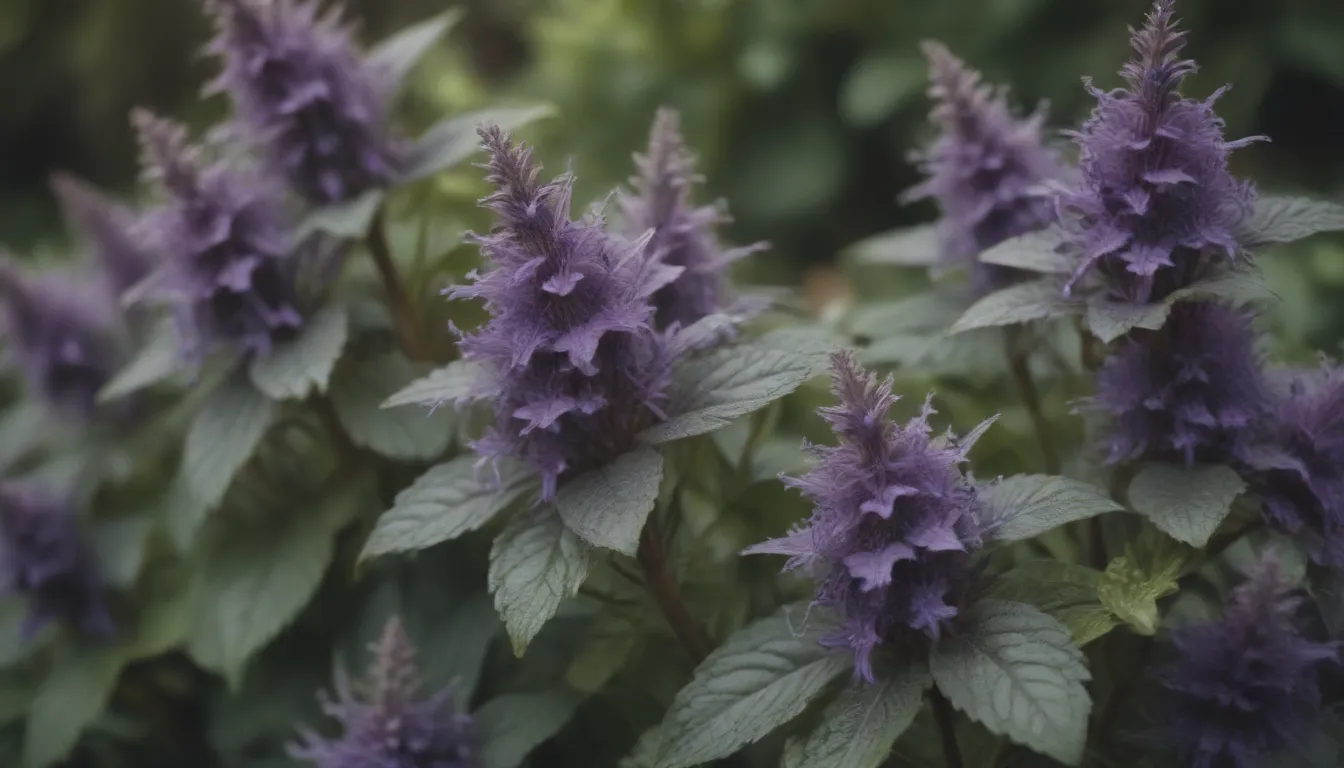
Bugleweed, also known as Ajuga reptans, is a versatile and fast-growing herbaceous perennial ground cover that can add a touch of beauty to any garden. In this comprehensive guide, we will delve into all the essential information you need to successfully grow and care for bugleweed in your outdoor space.
What is Bugleweed?
Bugleweed, whose species name reptans means creeping, is a plant that does an excellent job of choking out weeds and creating a lush ground cover. Its ability to spread via stolons, runners that take root at points along its length, allows it to quickly populate an area. However, it’s important to note that bugleweed can be quite aggressive in its growth, so be mindful of where you plant it to prevent it from taking over other parts of your garden.
Warning: Invasive Plant
Bugleweed has been reported as an invasive plant in Maryland, West Virginia, and Oregon, so it’s crucial to keep its growth in check and plant it in a controlled manner to prevent it from spreading uncontrollably.
Bugleweed Care Guide
To ensure that your bugleweed thrives and remains healthy, here are some essential care guidelines to follow:
Light
Bugleweed does best in full sun to partial shade locations. For vibrant foliage color, make sure the plant receives at least three to four hours of sunlight daily.
Soil
Bugleweed prefers medium moisture, well-drained soils with a good amount of organic matter. While it can tolerate moderately dry soil, it thrives best in moist conditions.
Water
During the establishment phase, give new bugleweed plants one to two inches of water per week, including rainfall. Once established, they can tolerate some dryness, but it’s still important to water them when the top one to two inches of soil becomes dry.
Temperature and Humidity
Bugleweed can adapt to a wide range of temperatures but requires good air circulation in hot, humid areas to prevent crown rot.
Fertilizer
While bugleweed typically doesn’t require feeding, if needed, apply an all-purpose granular fertilizer. Alternatively, you can use water-soluble fertilizer at a specified rate for optimal growth.
Varieties of Bugleweed
Bugleweed comes in various types, each with its unique characteristics and appeal. Some popular varieties include:
- A. reptans ‘Atropurpureum’
- A. reptans ‘Chocolate Chip’
- A. reptans ‘Burgundy Glow’
- A. reptans ‘Dixie Chip’
- A. reptans ‘Black Scallop’
- A. reptans ‘Catlin’s Giant’
Pruning Tips
Pruning is essential to control the growth of bugleweed and maintain its appearance. Here are some key pruning tips to keep in mind:
- Prune runners twice a year to prevent overgrowth.
- Remove any runners that spread beyond the desired planting area.
- Trim flower spikes in late summer after the flowers have faded.
- Use a lawnmower set to a high blade height for shearing back large areas of bugleweed.
To prevent overcrowding, thin out the plants in the fall by dividing and replanting them. By staying vigilant and regularly pruning, you can keep bugleweed in check and avoid it becoming a nuisance in your garden.
Propagating Bugleweed
Bugleweed is one of the easiest plants to propagate via division. Here’s how you can propagate bugleweed:
- Dividing and transplanting them in spring or fall when there is no chance of frost.
By dividing overcrowded plant colonies, you can ensure that bugleweed continues to thrive without taking over your garden.
Growing Bugleweed From Seed
Growing bugleweed from seed is a simple process that can be done indoors in early spring. Here’s a quick guide on how to grow bugleweed from seed:
- Start seeds indoors in early spring for optimal growth.
By starting bugleweed seeds early, you can enjoy beautiful blooms in your garden during the growing season.
Common Pests and Diseases
Bugleweed is relatively resistant to pests and diseases, but it can still encounter a few common issues. Here are some pests and diseases that bugleweed may face:
- Aphids: Spray off aphids with a garden hose to remove them from the plant.
- Crown Rot (or Southern Blight): Plant bugleweed in well-drained soil to prevent crown rot caused by a soil-borne fungus.
By taking preventive measures and ensuring proper care, you can keep bugleweed healthy and free from pests and diseases.
Blooming Season and Appearance
Bugleweed blooms in mid to late-spring, showcasing beautiful flower spikes with blue, violet, or purple flowers. Its shiny, dark green leaves add to its overall appeal, making it a stunning addition to any garden.
Deadheading Bugleweed Flowers
To maintain a neat appearance, cut back or mow over bugleweed after it blooms to promote healthy growth and a tidy look.
Common Problems and Solutions
Here are some common problems that bugleweed may encounter and how to address them:
- Yellowing Leaves: Plant bugleweed in well-draining soil to prevent crown rot, which can cause yellowing leaves.
- Dropping Leaves: Ensure your bugleweed receives enough sunlight to prevent leaf drop, especially in shaded areas.
By addressing these common problems promptly, you can ensure that your bugleweed remains healthy and vibrant in your garden.
As you care for your bugleweed and watch it flourish, remember to appreciate its unique beauty and resilience. With proper care and maintenance, bugleweed can enhance the aesthetic appeal of your outdoor space and provide a lush ground cover that thrives for years to come.
In conclusion, bugleweed is a versatile and resilient plant that can add charm and beauty to any garden. By following the care guidelines outlined in this comprehensive guide, you can ensure that your bugleweed thrives and remains healthy throughout the growing season. Whether you’re a seasoned gardener or a beginner looking to enhance your outdoor space, bugleweed is a fantastic choice for a vibrant and low-maintenance ground cover. Happy gardening!
